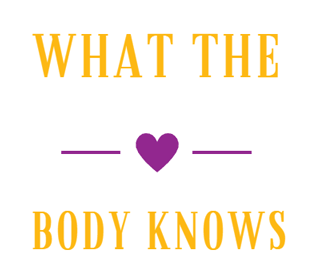We need men! On Sunday 12 November, I’m offering men the opportunity to learn how to listen to the wisdom of their bodies, change unhelpful, emotional states or patterns in their behaviour.
Workshop
I will be running a free personal development workshop (What the Body Knows) which will help delegates understand what their bodies have to teach them, how to let go of the past and live a more fulfilling and happy future.
Men can harness more of their masculinity and power in ways that serve them to find more pleasure and satisfaction in life.
As a registered clinical psychotherapist and certified yoga teacher, I’ll help men and women raise an insight and self-awareness in a safe and balanced group.
The full day will feature a combination of theory and exercises drawn from body psychotherapy and yoga. These simple yet powerful practices have proven helpful for many symptoms and patterns including anger issues, persistent headaches, addictive behaviour, anxiety, worry, tension or sleeplessness.
We hold onto feelings and past experiences in our bodies and it’s only by truly understanding what our bodies have to teach us, that we can never really let go.
Pesso Boyden based psychotherapy (PBSP) is a way of enabling you to experience the full intelligence of your body mind, come to terms with your past and make changes in your life for the future.
The workshop is also available to women who feel at a turning point, either in a professional life, partnering, parenting or simply wanting something new in their future, at a cost of £15.
The workshop will run on Sunday 12 November from 10:30am to 3:00pm at St Albans House, St Albans Road Stafford. If you’d like to get involved or find out more about the workshop, please contact me on 074111 78380 or email sue@embodiedliving.co.uk.

